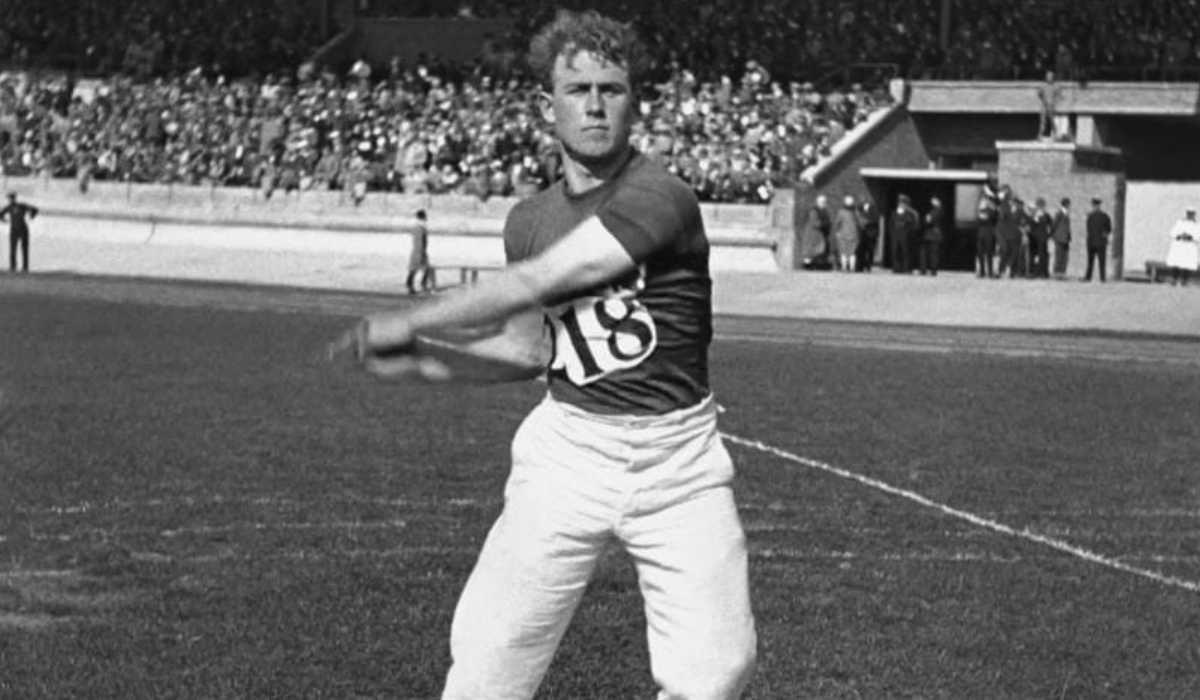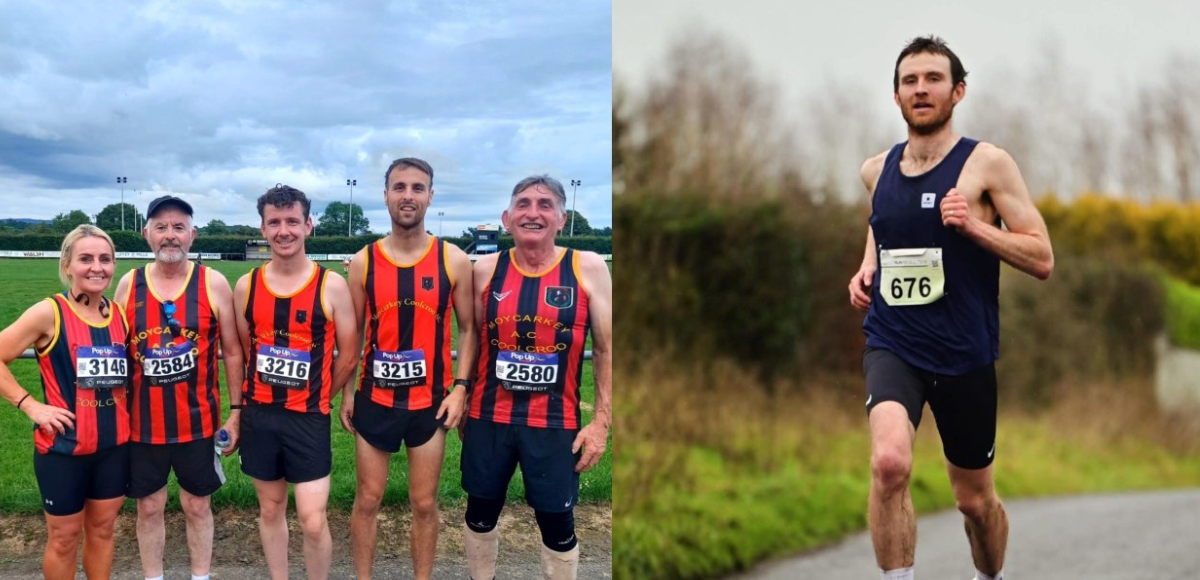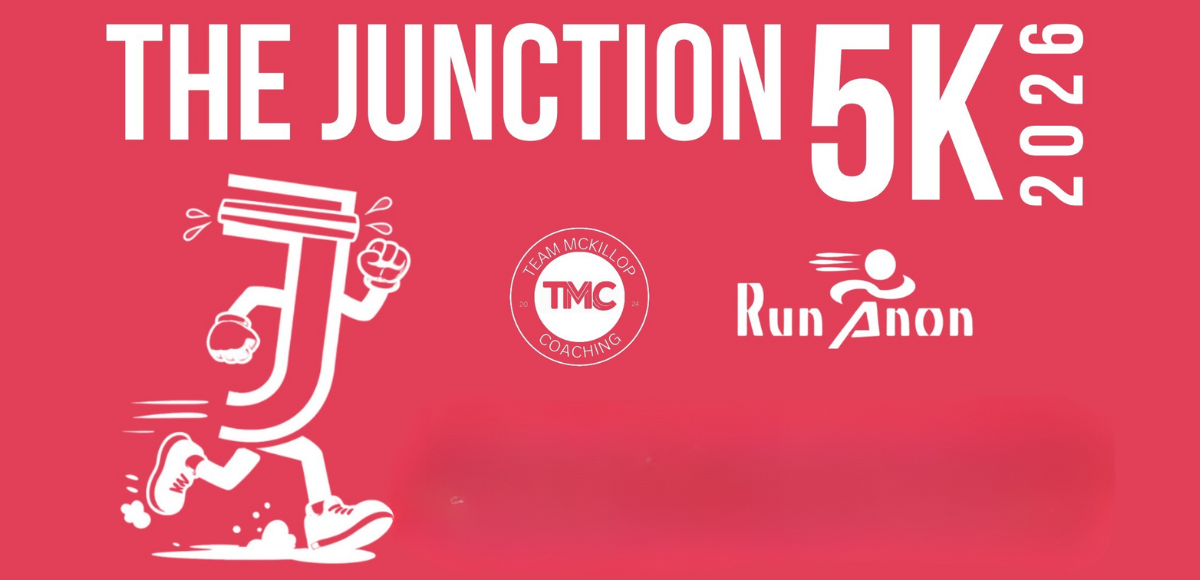Historic Triumph: Pat O'Callaghan's Journey to Ireland's First Olympic Gold
Phil Knox kicks off the first in a series of articles exploring the rich history of Ireland's track and field Olympic medalists. Discover the remarkable story of Pat O'Callaghan, who brought home gold from the 1928 Amsterdam and 1932 Los Angeles Olympics, marking significant milestones for Ireland as an independent nation.

By Phil Knox
Welcome to the first in a series of articles by Run Republic, where we explore the fascinating history of Ireland's Olympic medalists in track and field. We begin with the remarkable tale of Pat O'Callaghan, whose gold medal victory at the 1928 Amsterdam and 1932 Los Angeles Olympics marked a significant milestone for Ireland as a newly independent nation.
Patrick "Pat" O'Callaghan, who would later be affectionately known as the Doc, was born on 28 January 1906 near Kanturk, County Cork. He came from a farming family and was introduced to competitive sports from a young age by his father. Even as a youth, O'Callaghan's large size and strength, developed through physical work on the family farm, made him stand out. His father took him to annual sports meetings held in Bantry. At these meetings, O'Callaghan was captivated by the excitement and competition of the events. He threw himself into practising athletics like sprints and high jump, despite some events not coming as naturally to his massive frame.
O'Callaghan's intellectual development matched his physical prowess. He studied at the College of Surgeons in Dublin, becoming its youngest-ever graduate. It was around this time in his late teens that O'Callaghan became fascinated with the hammer throw after seeing UCD students practising the sport in South Dublin, where he lived at the time. After finding a cannonball in Macroom Castle, he had a blacksmith rig it up for practice. He would train on his own, teaching himself the technique and form. Interestingly, his homemade hammer was heavier than the standard one used in competitions, meaning that he quickly excelled at the sport, winning the Irish National Championship in both 1927 and 1928. These victories secured Pat’s place on the Irish team for the 1928 Amsterdam Olympics.
Pat arrived in Amsterdam for the Summer Olympics as a rank outsider, having only taken up the sport thirteen months prior. Three of the six finalists from the 1924 Games returned: bronze medalist Malcolm Nokes of Great Britain, fourth-place finisher Erik Eriksson of Finland, and fifth-place finisher Ossian Skiöld of Sweden. Also returning was 1920 silver medalist (and 1912 finalist and 1924 seventh-place finisher) Carl Johan Lind of Sweden. However, despite overwhelming odds, the young Corkman surprised everyone by throwing 51.39 metres in the final, nearly four metres further than his qualifying throw in the first round. This distance was enough to beat Ossian Skiöld by just under four inches. Thus, O’Callaghan secured his place in Irish Olympic history as the first athlete to stand on the podium under the tricolour with "Amhrán na bhFiann" played, marking his gold medal achievement.
As the defending Olympic champion in the hammer throw from 1928, O'Callaghan was one of Ireland's top contenders for gold at the 1932 Olympic Games in Los Angeles. At twenty-six years old, he had accumulated four more years of experience and victories, making him the heavy favourite heading into the competition.
However, upon arriving in Los Angeles, he discovered that the throwing area was concrete rather than soft ground, which made it difficult to gain traction. None of the three pairs of shoes he had brought were suitable for such a surface.
During his qualifying throws, O'Callaghan resorted to filing down the spikes on his shoes in a desperate attempt to improve his grip. This unconventional measure helped him increase his throws, but he still lagged behind the leader.
As the competition paused for the 400m hurdles final, where Irish athlete Bob Tisdall had just secured Ireland’s second-ever gold medal, O'Callaghan faced a daunting task in defending his title. Recognising O'Callaghan's struggle, Tisdall hurried to assist him. Despite the footwear challenge, O'Callaghan persevered, regained his momentum, and successfully defended his Olympic hammer throw championship for Ireland with a throw of 53.92m, surpassing Finland’s Ville Pörhölä by more than 1.6m
However, Pat would not get the chance to defend his title in Berlin in 1936 due to a longstanding division in Irish athletics. Following Ireland's independence, disagreements between Northern and Southern factions arose regarding control, rules, and issues such as British involvement and even events like whippet racing. Attempts to reconcile these differences failed, hindered by deep-seated regional and political divides.
By 1937, a new governing body had formed in the Irish Free State to align with international rules, but the original association remained excluded. This exclusion meant Irish athletes were unable to participate in the Olympics until subsequent reforms were implemented. Pat could only watch as Germany's Karl Hein threw the hammer 2 meters shorter than Pat’s personal best during the 1936 Berlin Olympics.
The Doc settled in Clonmel, where he established a general practice in 1934. He continued his medical career there, apart from a brief, unsuccessful pro wrestling stint in the USA during the summer of 1938, until his passing at the age of 85 in December 1991. In 2007, a bronze statue was unveiled in his honour in Banteer, County Cork.

Ever wanted to work for a running company? Here’s a job for you!

Moycarkey Coolcroo AC Notes - January 13th

The Junction 5K Lands in Antrim this March

Tips to Stop Your Running Resolutions from Slipping

Fay Top 20 at World Cross as Irish Runners Break National Records in Valencia at the Weekend

How to Watch Irish Athletes in Action in the Valencia 10K Today
